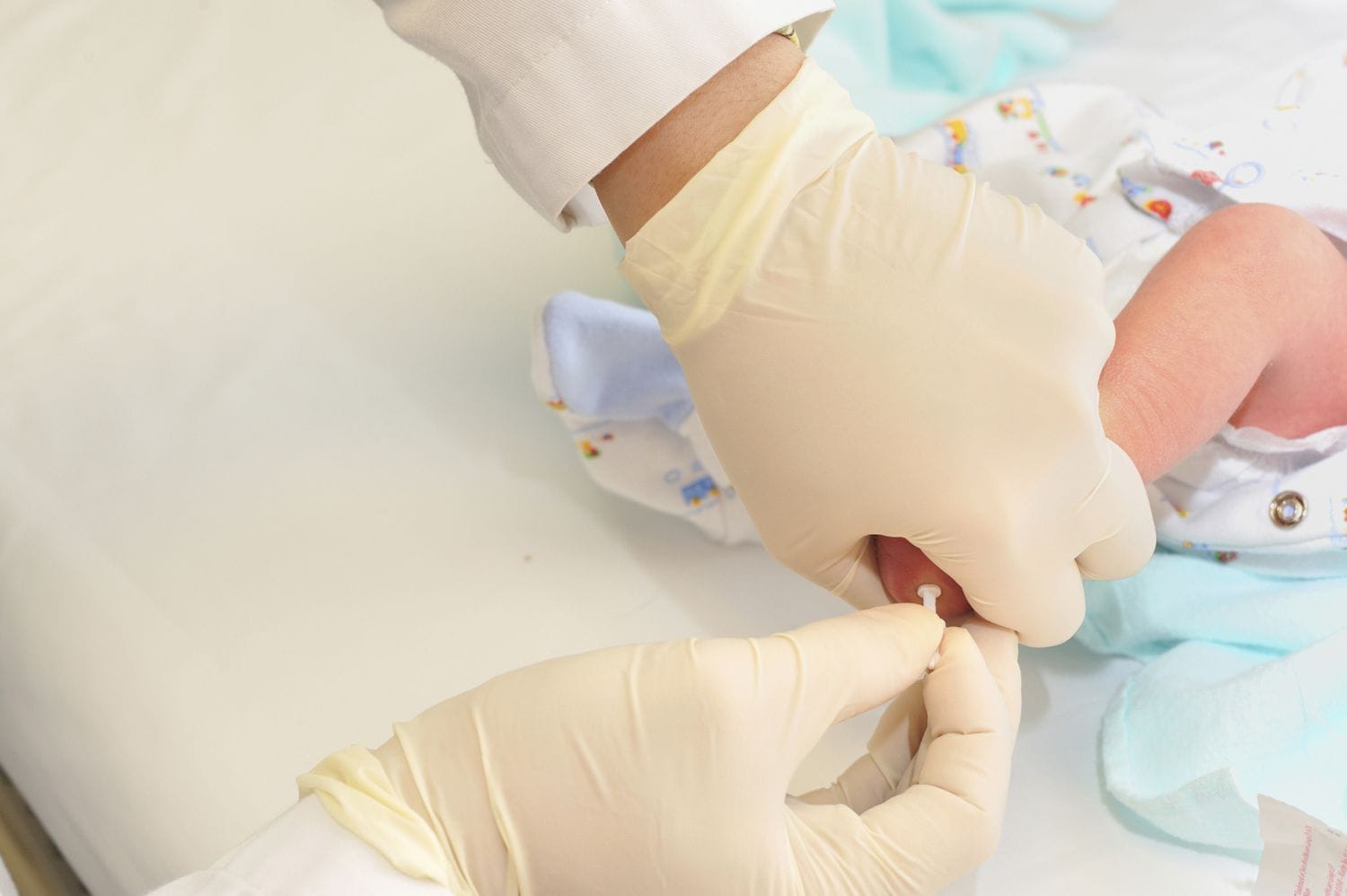Spina bifida is a neural tube defect that develops during the first month of pregnancy when the spinal column does not develop or close completely. It affects approximately 1,500 pregnancies each year. Although the occurrences appear to be decreasing, the birth defect occurs in approximately 7 of out every 10,000 live births in the United States. According to the Spina Bifida Association of America, it is estimated that more than 166,000 people in the United States are living with this birth defect.
Spina Bifida: Effects, Risks, Diagnosis, and Prevention
The effects may be different for every person. Up to 90% of children with the worst form of spina bifida have hydrocephalus (fluid on the brain) and must have surgery to insert a “shunt” that helps drain the fluid—the shunt stays in place for the lifetime of the person. Other conditions include full or partial paralysis, bladder and bowel control difficulties, learning disabilities, depression, social and sexual issues, and latex allergy.
Who is at risk?
No one knows for sure. Doctors and scientists believe that a complex mix of both genetic and environmental factors act together to cause the condition. In fact, 95% of neural tube defects (NTDs) occur in women with no personal or family history of NTDs.
However, according to the Centers for Disease Control and Prevention (CDC), here are some risk factors that are known to increase the risk of an NTD:
- A previous NTD-affected pregnancy makes it approximately 20x more likely that a woman will have another NTD-affected pregnancy
- Maternal insulin-dependent diabetes
- Use of certain anti-seizure medication (Valproic acid/Depakene, and Carbamazepine/Tegretol)
- Medically diagnosed obesity
- High temperatures in early pregnancy (i.e., prolonged fevers and hot tub use)
- Race/ethnicity (NTDs are more common among white women than black women, and more common among Hispanic women than non-Hispanic women)
- Lower socioeconomic status
Can Spina Bifida be detected before birth?
Yes. There are three tests, but, it is important to remember that no medical test is perfect and the results are not always 100 percent accurate. Spina Bifida can be detected in utero by one of the following tests:
- A blood test during the 16th to 18th weeks of pregnancy. This is called the alpha-fetoprotein (AFP screening test). This test is higher in about 75–80 percent of women who have a fetus with Spina Bifida.
- An ultrasound of the fetus. This is also called a sonogram and can show signs of Spina Bifida such as the open spine.
- A test where a small amount of the fluid from the womb is taken through a thin needle. This is called maternal amniocentesis and can be used to look at protein levels.
How can you prevent it?
Spina bifida is best prevented by taking 400 micrograms (mcg) of folic acid every day. Studies have shown that if all women who could become pregnant were to take a multivitamin with the B-vitamin folic acid, the risk of neural tube defects could be reduced by up to 70%.
Folic acid is a water-soluble B-vitamin that helps build healthy cells, but it does not stay in the body long. It is important that women take folic acid every day to help reduce the risk of neural tube defects.
Since half of all pregnancies in the United States are unplanned, women of childbearing age – even if they are not currently planning to get pregnant – should take 400 micrograms (mcg) of folic acid every day to reduce their risk of having a child with spina bifida.
What if you are at a higher risk for spina bifida?
Women who have experienced a pregnancy affected by an NTD like spina bifida need a higher intake of folic acid. It is suggested that these women need to take a dose that is 10 times greater when planning a pregnancy. This amount of folic acid is 400 micrograms (mcg) and is available by prescription from a health care provider.
It is recommended that adults with Spina Bifida and couples who already have a child with Spina Bifida talk with their OB-GYN or genetic counselor about their risk factors and ways to reduce the risk.
Where can I go for additional information?
For additional information contact the Spina Bifida Association of America:
www.sbaa.org
Spina Bifida Association of America
4590 MacArthur Blvd., NW, Suite 250
Washington, DC 20007-4226
(800) 621-3141
(202) 944-3285
Want to Know More?
- Tips for Preventing Birth Defects
- Genetic Counseling
- Preconception Nutrition
Centers for Disease Control and Prevention. Prevalence of Spina Bifida at Birth — the United States, 1983-1990: a Comparison of Two Surveillance Systems, MMWR Morbidity, and Mortality Weekly Report. 1996; 45: SS02;015.
Centers for Disease Control and Prevention. Use of Folic Acid for Prevention of Spina Bifida and Other Neural Tube Defects 1983-1991. MMWR Morbidity and Mortality Weekly Report. 1991;40:513-516. CDC, 1999. https://www.cdc.gov/mmwr/preview/mmwrhtml/00014915.htm, accessed Aug 7, 2002.
Centers for Disease Control and Prevention. Use of Folic Acid for Prevention of Spina Bifida and Other Neural Tube Defects 1983-1991. MMWR Morbidity and Mortality Weekly Report. 1991;40:513-516.
Centers for Disease Control and Prevention. Prevalence of Spina Bifida at the Birth United States, 1983-1990: a Comparison of Two Surveillance Systems, MMWR Morbidity, and Mortality Weekly Report. 1996; 45: SS02;015.






